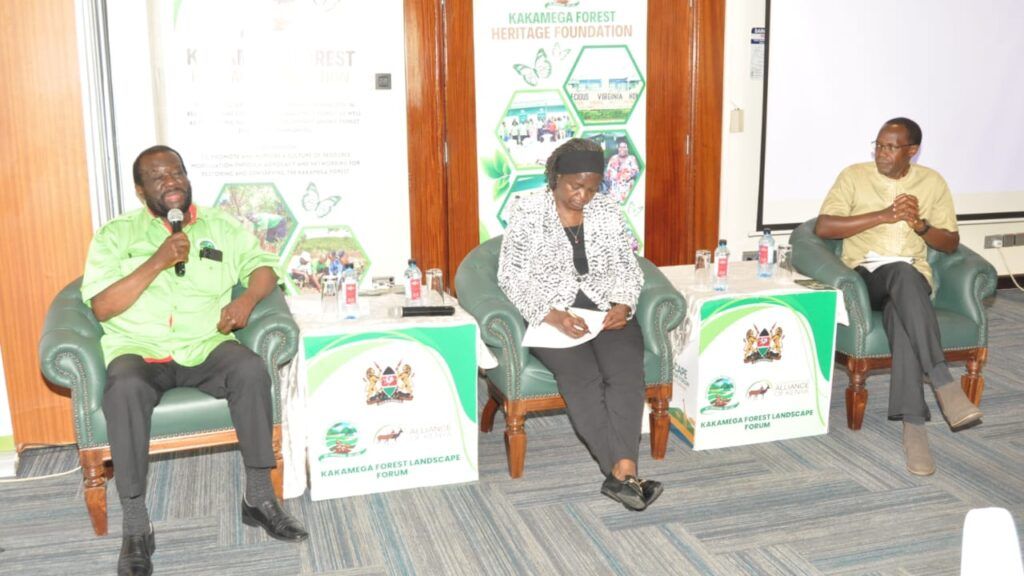Environment stakeholders discuss the state of Kakamega Forest

Source: Capital FM Kenya
Author: Amukohe Yvonne
NAIROBI, Kenya, Mar 6 - The Conservation Alliance of Kenya (CAK), in partnership with the State Department for Forestry, State Department for Environment and Climate Change, and State Department for Wildlife, organized a forum to discuss the state of Kakamega forest and its ecosystems.
The forum, titled 'The Sustainable Conservation of the Kakamega Forest Landscapes and Its Fragile Ecosystems', aimed to unite stakeholders, including government agencies, communities, and non-state actors, to develop a coordinated conservation strategy.
Kakamega forest, including reserves, encloses about 238 square kilometers, a little less than half of which currently remains as indigenous forest. It is a crucial natural resource, serving as Kenya's only tropical rainforest.
Despite its significance as a watershed and carbon capture system contributing to climate change mitigation, the forest has been steadily shrinking due to activities such as logging, medicinal resource harvesting, and agriculture.
Speaking at the event, PS for Wildlife Silvia Museiya highlighted the need to focus on less-emphasized aspects of conservation, such as plant species and neglected regions like Baringo and West Pokot.
"We don't speak enough about tree species unless they are listed under IUCN and other sites. Most of our budgets and funds go to take care of human wildlife conflict, rhino sanctuaries or the big five but we need to look into fauna," Museiya said.
"I also urge you to place more conservation efforts in other regions with less attention like Baringo and West Pokot," she added.
CEO of CAK, Steve Itela, stressed the importance of developing a master plan to coordinate conservation efforts and prevent duplication of projects.
"Once upon the time the Kakamega forest was larger than the one we are seeing now and it joined together with Nandi county but has been greatly reduced over time due to human activities," Itela stated.
"As organizations working towards its restoration, we are moving from a silo mentality to collectively working together to prevent the duplication of projects and conserve the forest," he said.
The chairman of the Kakamega Forest Heritage Foundation, Johnson Murila, additionally called for collaboration in research efforts to ensure accurate information about the forest is disseminated to the surrounding communities and conservation organizations.
"For the past five years, Kakamega Forest Heritage Foundation has rehabilitated 140 acres of the forest with 112,000 indigenous trees. There are many of us working in the forest as little individual teams," Murila said.
"It would be great if we all came together with a conservation plan for the whole ecosystem so that we work towards one goal, routing our resources and synergies in one direction because this will give us much better results. With this we can make the forest great again and hopefully reverse some of the results of climate change."
Conservationists stressed the importance of collaborating on research findings regarding the Kakamega Forest to ensure accurate information dissemination to the surrounding community and conservation organizations.
Beatrice Khayota, a principle research scientist at the National Museum of Kenya, highlighted the need to integrate various research projects to avoid duplication and ensure effective communication of findings.
She emphasized the importance of scientists producing reports that monitor population trends and engage the community in utilizing forest resources beneficially.



